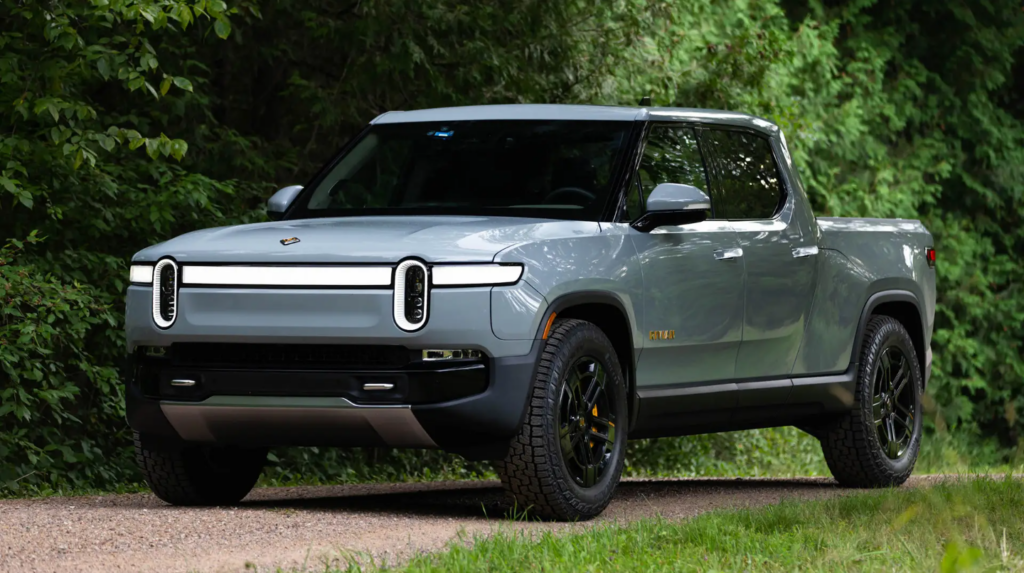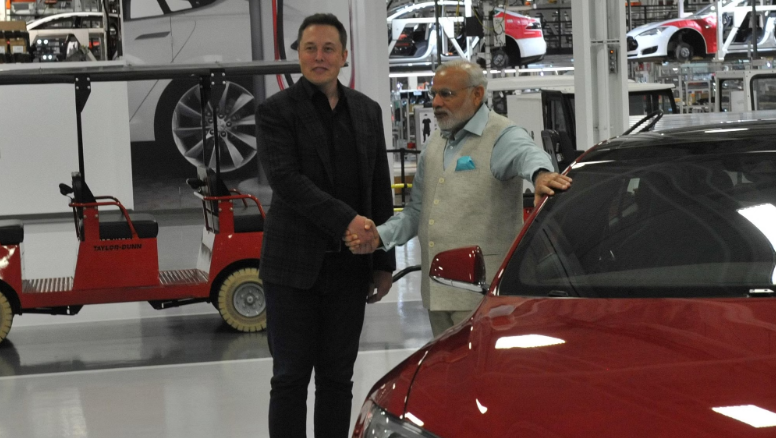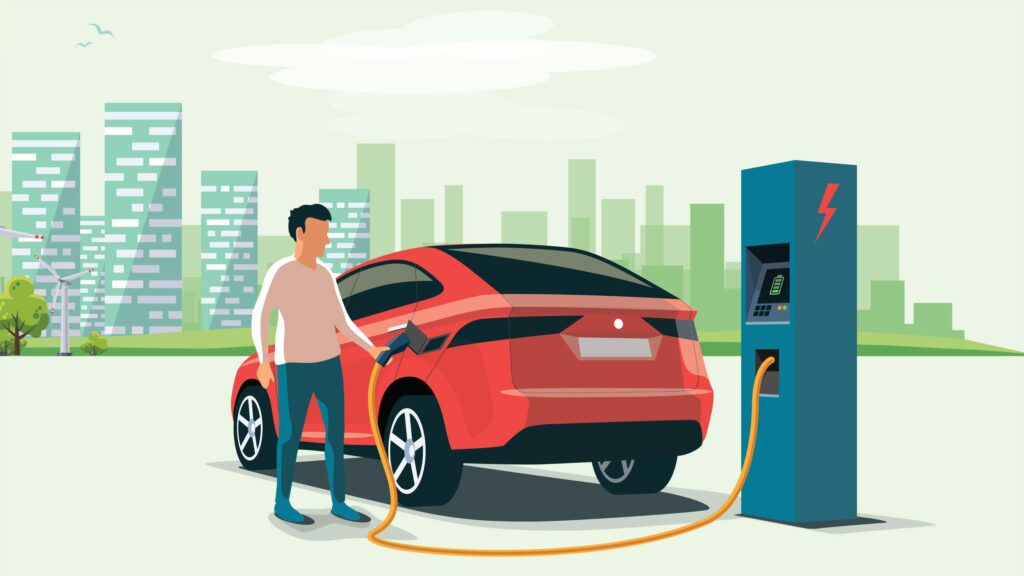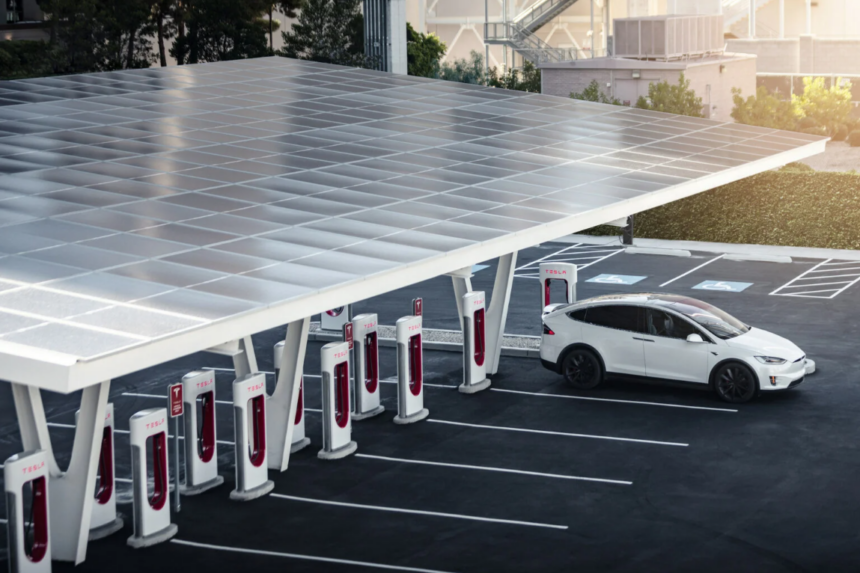Introducing a new technology often faces initial resistance. Take the microwave oven, for instance; it took twenty years of modest sales before it became a fixture in one out of every ten US households. However, the 1980s brought a significant change, with microwaves becoming a common sight in nearly every kitchen.
In recent times, countries like Canada, Australia, Spain, Thailand, and Hungary have embraced electric vehicles, joining the ranks of early adopters such as the US, China, and most of Western Europe. The experiences of these early adopters illustrate how electric vehicles can make a rapid transition, going from 5% to 25% of new car sales in just four years. Ireland, for example, achieved a 5% electric vehicle adoption rate by the end of 2019, and today, almost one in five new vehicle sales consists of pure electric vehicles.
The importance of a 5% adoption rate
Many successful emerging technologies, such as televisions, mobile phones, and LED lightbulbs, typically follow a pattern of adoption known as an S-shaped curve. Initially, sales progress slowly during the early adopter phase but gain momentum once they become mainstream. In the case of fully electric vehicles (EVs), this pivotal moment often occurs when they achieve a 5% adoption rate. The timeframe for reaching this level can vary significantly by country. However, once common challenges like affordability, charging infrastructure, and consumer skepticism are overcome by a few early adopters, the broader population tends to follow suit.

In the United States, the tipping point for EVs didn’t arrive until late 2021, which is relatively late considering the country’s economic capacity. Several factors contributed to this delay. Americans spend more time in their cars than most other populations, demanding longer driving ranges that early EV models couldn’t provide. Additionally, large vehicles like pickup trucks and SUVs, which constitute a substantial portion of the US market, were slower to transition to electric power due to their significant battery requirements.
While US EV sales are currently on the rise, increasing by 42% in the second quarter compared to the previous year, they have yet to match the explosive growth seen in other countries that crossed the 5% threshold earlier.

India, the world’s third-largest auto market after China and the US, appears to be approaching its own tipping point. EVs accounted for 3% of new car sales in the country last quarter, doubling in just six months. Indian automakers have made substantial investments in electrification, and Tesla CEO Elon Musk met with Indian Prime Minister Narendra Modi in June, expressing his intention to enter the Indian market as soon as possible.
Countries that surpass the tipping point often experience rapid adoption rates, with a median sales growth of 55% in the last quarter compared to the same period the previous year. However, as with any new technology, growth rates eventually slow down as the market approaches saturation, resembling the top of the S-curve. Nonetheless, there will always be some individuals who resist adopting the new technology. For instance, in Norway, a global leader in EV adoption, growth appears to be tapering off after reaching 80% of new vehicle sales.

Is the Worldwide Shift to Electric Vehicles Unavoidable?
To date, a significant 90% of global electric vehicle (EV) sales have originated from the United States, China, and Europe. This statistic underscores that approximately one-third of the world’s auto sales hubs have not yet reached the crucial tipping point. Out of the 20 most populous countries, only four have transitioned significantly to EVs. While the demand for EVs is expanding, there remains uncertainty about whether mining operations can keep up with the demand for essential battery materials.
Nonetheless, it’s worth noting that global sales of new internal combustion engine (ICE) vehicles reached their peak in 2017. Presently, the net growth in the automotive market is being driven exclusively by EVs.

Predicting the adoption of new technologies is a challenging endeavor. Even the most meticulous forecasts can be disrupted by factors like supply chain disruptions, economic shifts, political developments, business failures, and shifts in popular culture. The advantage of the tipping-point approach is that it showcases a range of potential adoption curves that are known to be feasible since they have already occurred.
Applying this framework globally, it becomes apparent that the EV tipping point was crossed in 2021. If current trends persist, the remainder of this decade is poised to be a transformative period for electric cars, akin to what the 1980s represented for the microwave oven’s widespread adoption.








